Ready to go beyond the guidebook? This insider guide shares how to explore Indochina like a local : from street food in Vietnam and hidden temples in Cambodia to slow boat journeys in Laos, vibrant festivals in Thailand, and off-the-beaten-path adventures in Myanmar. Discover authentic Indochina travel tips that connect you with culture, nature, and people.
TABLE OF CONTENTS
1
Introduction
2
Understand the Spirit of Indochina Before You Go
3
Travel Tip #1 - Immerse Yourself in Local Markets & Street Food
4
Travel Tip #2 - Use Local Transport for Authentic Experiences
5
Travel Tip #3 - Stay in Homestays & Boutique Lodges
6
Travel Tip #4 - Learn Basic Local Phrases
7
Travel Tip #5 - Celebrate Festivals and Local Traditions
8
Travel Tip #6 - Travel the Mekong River Routes
9
Travel Tip #7 - Be Mindful of Cultural Etiquette
10
Travel Tip #8 - Explore Beyond the Main Cities
11
Travel Tip #9 - Practice Responsible Travel
12
Step Into the Heart of Indochina With Threeland Travel
Introduction
Indochina, which includes Vietnam, Laos, Cambodia, Thailand, and Myanmar, is one of Southeast Asia’s richest cultural regions where ancient traditions blend seamlessly with modern life. From the golden temples of Bangkok and Bagan to the bustling markets of Hanoi and Vientiane, every corner tells a story and offers travelers an invitation to dive deeper.
But many visitors only scratch the surface. They move quickly from one famous landmark to another, collecting photos but missing the chance to truly connect with the local rhythm of daily life. Traveling this way can be exciting but often leaves out the authentic experiences that make Indochina unique.
There is a better way. With the right mindset and a few insider tips, you can explore Indochina like a local. That means enjoying meals at hidden street food stalls, taking slow boat rides along the Mekong, staying in family-run homestays, or joining in colorful festivals with the community.
This Indochina travel guide will show you how to go beyond the obvious and experience Vietnam, Laos, Cambodia, Thailand, and Myanmar from a local perspective. These practical and cultural insights will help make your journey more meaningful, memorable, and filled with stories worth sharing.
Understand the Spirit of Indochina Before You Go
Traveling through Indochina is more than just moving across borders. It is entering a region shaped by layers of history, spirituality, and diverse traditions. Each country has its own identity: Vietnam with its blend of Confucian, French, and modern influences; Laos with its slow pace and Buddhist roots; Cambodia with its powerful Khmer legacy; Thailand with its balance of monarchy, Buddhism, and modern energy; and Myanmar with its golden pagodas and deep spiritual traditions.
Before arriving, it helps to understand that daily life here is guided by respect, community, and a close relationship with nature. Knowing when to remove your shoes at temples, dressing modestly in sacred sites, or offering a polite greeting in the local style will instantly make you more welcomed. In rural areas, small gestures of respect can mean more than you imagine.
Responsible travel is also a growing part of the Indochina experience. Supporting community-based projects, choosing eco-friendly tours, and avoiding activities that harm wildlife or exploit traditions can help preserve the very culture and environment you came to enjoy. When you travel with awareness and openness, you will not only see Indochina’s beauty but also feel its spirit.
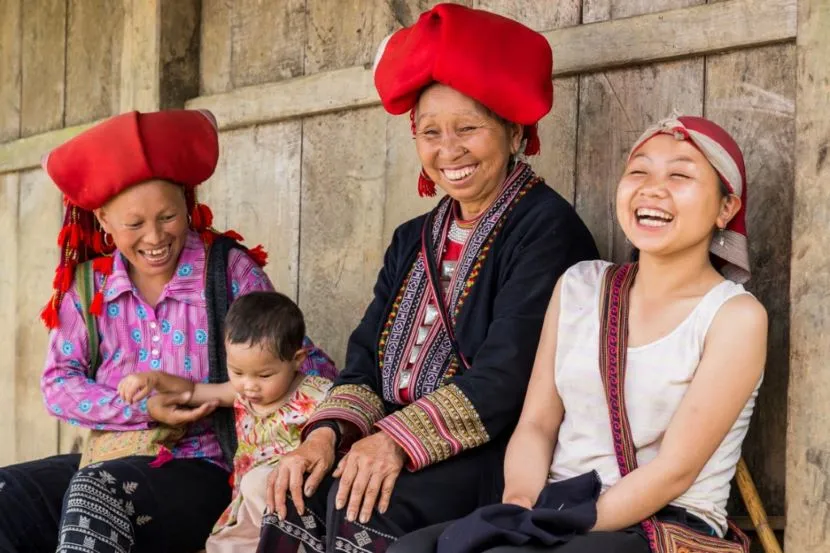
Travel Tip #1 - Immerse Yourself in Local Markets & Street Food
If you really want to explore Indochina like a local, start with the food. The heart of daily life here often beats strongest in its markets and street corners, where families gather, vendors shout out their best deals, and the smell of sizzling dishes fills the air.
In Vietnam, mornings often begin with a steaming bowl of pho on the sidewalk or a quick banh mi from a tiny stall. In Thailand, night markets come alive with endless choices, from spicy papaya salad to mango sticky rice. Cambodia will surprise you with nom banh chok, a traditional noodle dish often sold by women carrying baskets early in the day. And in Laos, you might find yourself sitting on a plastic stool, tasting grilled fish fresh from the Mekong.
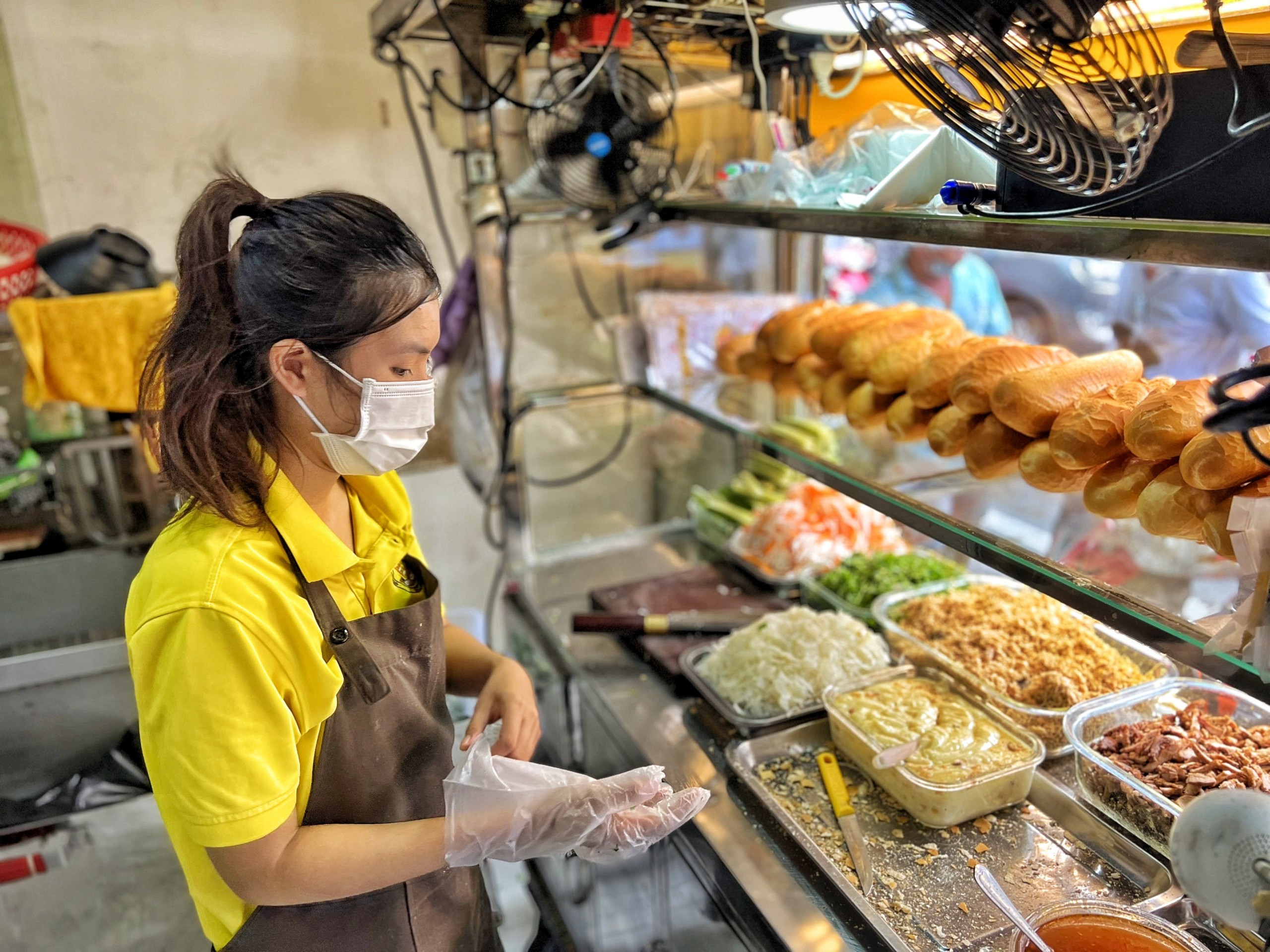
The secret is simple: eat where the locals eat. Look for busy stalls with long lines or groups of families - that’s usually the best sign of both quality and safety. Beyond the flavors, these moments bring you closer to everyday life, where sharing a meal feels like sharing a story. It’s one of the easiest, and most delicious, ways to connect with Indochina.
Travel Tip #2 - Use Local Transport for Authentic Experiences
Getting around Indochina is an adventure in itself, and using local transport is one of the best ways to see daily life up close. Instead of rushing from one destination to another in private cars or flights, try the options that locals rely on every day.
In Thailand, hop on a songthaew, a shared pick-up truck that acts as a local bus. In Vietnam, motorbike taxis weave through the traffic like magic, while the train from Hanoi to Hue gives you stunning coastal views. In Cambodia, tuk-tuks are not just transportation - they’re part of the travel experience, with friendly drivers often sharing stories along the ride. In Myanmar, longtail boats glide across rivers and lakes, offering a peaceful look at village life along the water.
There are also practical tips to keep in mind. In cities like Bangkok, Hanoi, or Phnom Penh, apps such as Grab or PassApp make getting around easier and safer. And when traveling longer distances, overnight buses and trains can save both time and money.
Taking local transport might not always be the fastest way, but it will give you a front-row seat to authentic Indochina. You’ll see how people live, interact, and move through their day, which is often just as interesting as the destinations themselves.
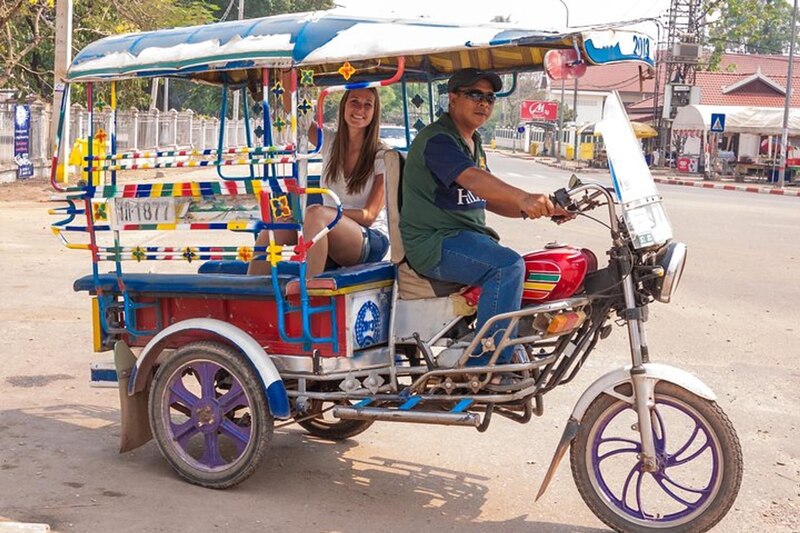
Travel Tip #3 - Stay in Homestays & Boutique Lodges
Where you stay shapes how you experience a destination. In Indochina, choosing a homestay or a locally owned boutique lodge can transform your trip from a sightseeing tour into a real cultural exchange.
Homestays are especially rewarding in rural areas. In northern Vietnam or Laos, families open their homes to travelers, offering simple but warm hospitality. You might join them for a home-cooked meal, help with daily chores, or just sit together around a fire listening to stories. These moments give you a window into everyday life that no hotel could match.

Boutique lodges, often family-run, offer another way to stay connected to the local culture while enjoying more comfort. In Cambodia, you’ll find small eco-resorts tucked away near rivers or rice fields. In Myanmar, some lodges are built on stilts right on Inle Lake, blending beautifully with the environment.
Beyond the experience, staying local has a positive impact. Your money supports families and communities directly instead of flowing only to large hotel chains. It also encourages sustainable tourism, helping preserve traditions and protect natural surroundings.
If you want to explore Indochina like a local, your accommodation should be more than just a bed - it should be part of the story.
Travel Tip #4 - Learn Basic Local Phrases
Language is one of the simplest yet most powerful tools to connect with people in Indochina. You don’t need to be fluent, but knowing just a few words in the local language can open doors and bring instant smiles.
Start with greetings and simple courtesies:
- In Vietnam, “Xin chào” means hello and “Cảm ơn” means thank you.
- In Laos and Thailand, a friendly “Sabaidee” works as both hello and a warm greeting.
- In Cambodia, “Arkun” is thank you, often said with a small bow.
- In Myanmar, “Mingalabar” is a common hello that literally means "auspicious blessing".
Locals genuinely appreciate the effort, even if your pronunciation isn’t perfect. Trying to speak their language shows respect and interest in their culture, and often leads to more authentic interactions. Vendors may offer you better prices, drivers may share local stories, and families might invite you to join them for tea.

There are plenty of free language apps that make learning fun on the go. Just five minutes a day before your trip can give you enough to get started. And when in doubt, combine words with a smile and gestures - kindness always translates.
A little effort goes a long way, and in Indochina, those few words can turn strangers into friends.
Travel Tip #5 - Celebrate Festivals and Local Traditions
One of the most unforgettable ways to experience Indochina is by joining in its festivals and traditions. Each country has its own unique celebrations, often tied to the lunar calendar, religion, or harvest seasons. Being part of these moments lets you see the region’s heart and soul up close.
In Thailand and Laos, Songkran (the water festival in April) turns entire cities into joyful water fights, symbolizing renewal and cleansing.
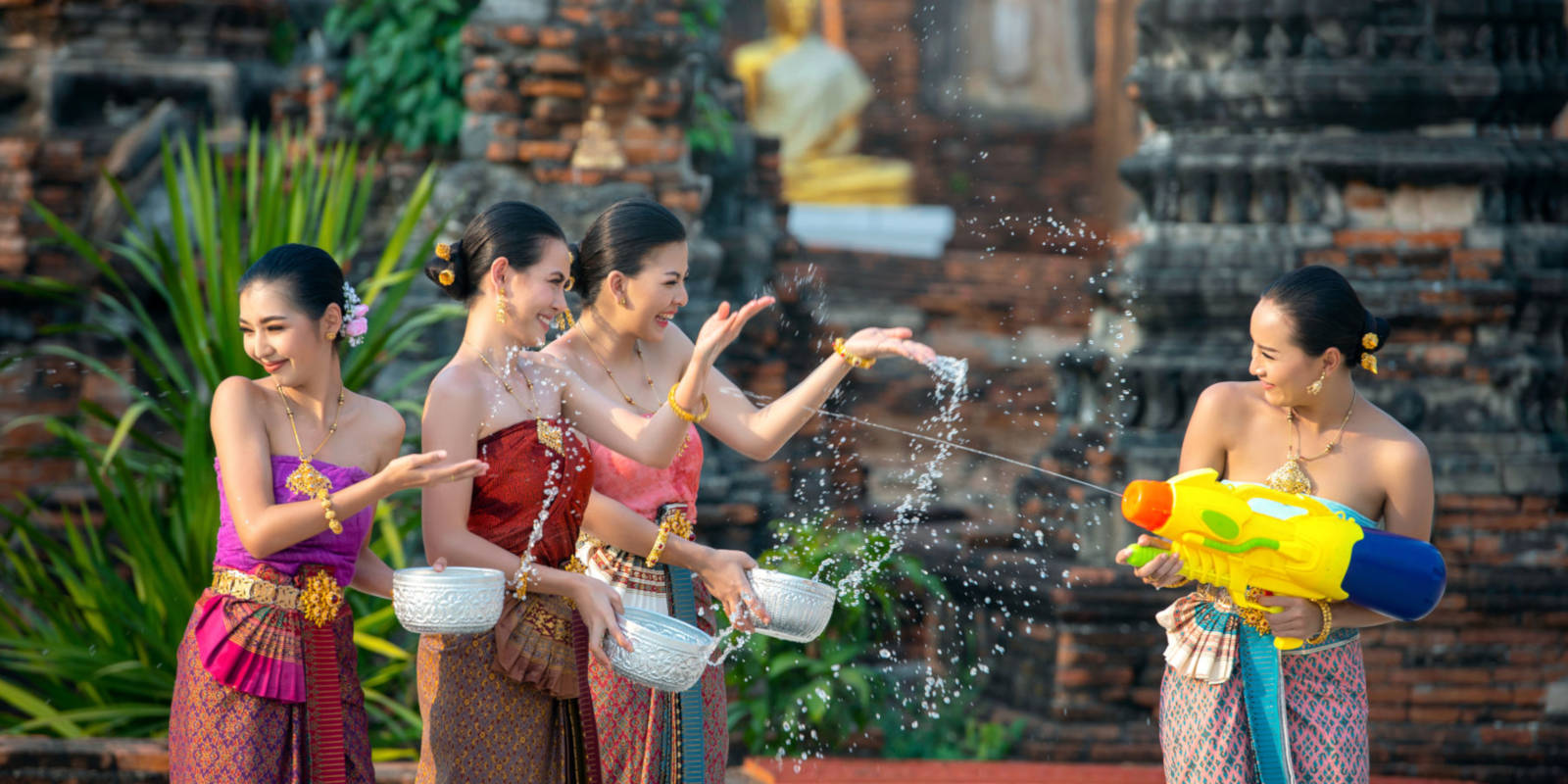
Cambodia celebrates Khmer New Year around the same time, with dancing, games, and colorful rituals in villages and temples. In Vietnam, Tet (Lunar New Year) fills the streets with flowers, families reunite, and everyone welcomes the spring with fresh energy. Myanmar offers something truly magical with the Thadingyut Festival of Lights, when thousands of lanterns and candles illuminate homes, temples, and streets.
Joining these festivals isn’t just about watching; it’s about participating respectfully. Dress modestly, follow the lead of locals, and take time to learn the meaning behind the celebrations. A simple gesture, like offering incense at a temple or helping prepare food, shows you value the tradition.
Festivals are also a great time to taste seasonal food, watch traditional performances, and connect with people in ways that don’t happen during everyday routines. They turn your trip into a memory that feels deeply alive and personal.
Travel Tip #6 - Travel the Mekong River Routes
The Mekong River isn’t just a body of water - it’s Indochina’s lifeline. Flowing through six countries, including Vietnam, Laos, Cambodia, Thailand, and Myanmar, it has shaped civilizations, trade, agriculture, and traditions for thousands of years. Traveling along the Mekong lets you experience Indochina at a slower rhythm, where villages thrive on its banks and life revolves around its currents.
In Laos, the two-day slow boat journey from Huay Xai to Luang Prabang is legendary among backpackers and culture-seekers alike. As the boat winds downriver, you pass jungle-clad mountains, remote temples, and wooden houses perched on stilts. Villages along the way invite you to step off and glimpse a way of life unchanged for generations. Evenings are spent in sleepy river towns where time seems to stand still.

In Cambodia, the Mekong branches into Tonle Sap Lake, a vast expanse of water that transforms dramatically with the seasons. Here, entire communities live on floating villages - homes, schools, and even markets drift with the water. Visiting by boat allows you to see children paddling to class, fishermen casting wide nets, and women selling fresh produce from their canoes. It’s a striking reminder of how deeply people adapt to and depend on the river.
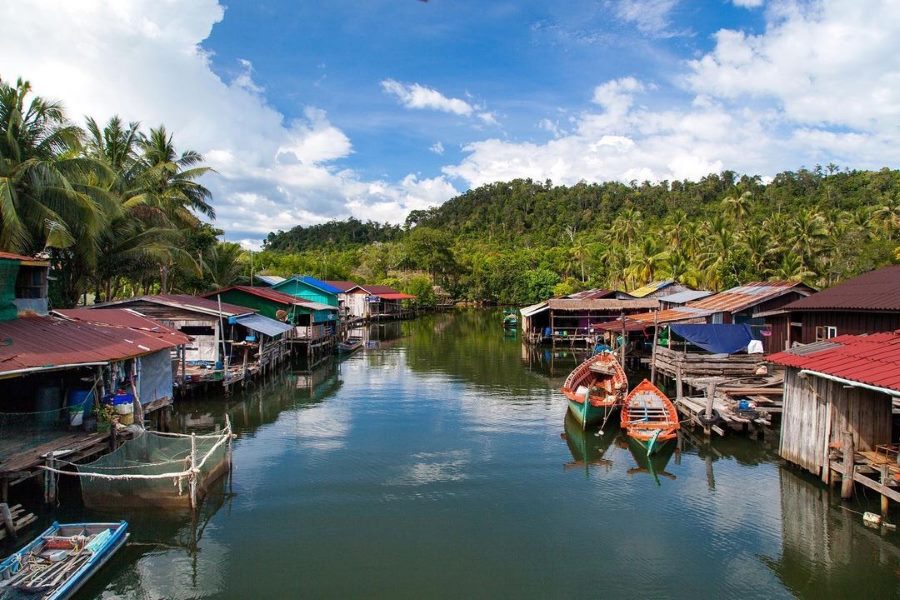
In Vietnam, the Mekong splits into a maze of rivers and canals that form the Mekong Delta. This region is famously fertile, producing much of the country’s rice and tropical fruit. Early mornings in Can Tho or Cai Rang bring floating markets to life - boats stacked with pineapples, mangos, and coconuts create a floating supermarket where bargaining happens from deck to deck. Beyond the markets, bicycle paths weave through orchards, rice paddies, and riverside hamlets where families welcome curious travelers with homemade tea.
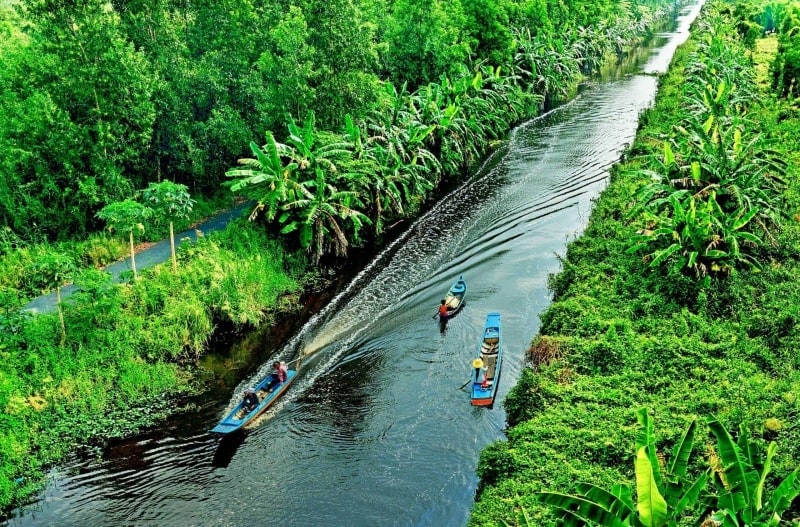
Travelers can choose how they want to experience the Mekong:
- Budget-friendly ferries and local boats for those who want authentic daily encounters.
- Kayaking and river safaris for active explorers looking for adventure at water level.
- Luxury river cruises with guided excursions into villages and cultural sites, perfect for travelers who want comfort without missing out on authenticity.
No matter which option you choose, the Mekong delivers moments that roads and planes never will: sunrise mist over calm waters, monks collecting alms along the riverbanks, children laughing as they jump from bamboo docks, and fishermen hauling in their catch just as their ancestors did.
The Mekong isn’t simply a route; it’s an experience; one that embodies the spirit of Indochina travel, connecting landscapes, traditions, and people into a story you’ll carry long after the journey ends.
Travel Tip #7 - Be Mindful of Cultural Etiquette
Respect is a universal language, and in Indochina it’s noticed and deeply appreciated. From the temples of Thailand to the village homes of Laos, showing awareness of local customs not only prevents awkward situations but also opens doors to more genuine connections with the people you meet.
In Vietnam, for example, you’ll notice that locals value harmony and calm. If you get lost in the maze-like streets of Hanoi’s Old Quarter, asking for help with a smile will almost always bring someone to your rescue. On the other hand, raising your voice in frustration, even over something small like bargaining at a market - is considered impolite and can quickly sour an interaction.
Temples and sacred sites are among the most visited places in Indochina travel, and they come with important rules. In Thailand and Myanmar, never point your feet toward a Buddha statue or a monk. In Laos, it’s customary to greet with a gentle “nop” or “wai” -palms together with a small bow, which instantly shows respect. In Cambodia, modest dress is expected when visiting Angkor Wat; covering shoulders and knees is a sign of reverence for a sacred space, not just a tourist rule.
Here are a few simple guidelines that go a long way:
-
Dress modestly at temples by covering shoulders and knees
-
Remove your shoes before entering sacred spaces
-
Never point your feet at Buddha images or monks (especially in Thailand and Myanmar)
-
Use polite greetings like the “wai” in Thailand or the “nop” in Laos
-
Always ask permission before taking photos of people, especially elders and monks
-
Stay calm and avoid raising your voice; patience is a sign of respect in every culture here
These gestures may seem small, but locals notice. A Cambodian vendor might smile wider when you greet her respectfully; a Laotian family may invite you into their home if you show patience and kindness. Respectful travelers often find doors opening to experiences that guidebooks never mention - like being welcomed to join a village meal or offered insider stories about traditions.

Travel Tip #8 - Explore Beyond the Main Cities
It’s tempting to stay in the capitals and famous hubs of Indochina - Hanoi, Bangkok, Phnom Penh, Vientiane, and Yangon all have their energy and charm. But to truly explore Indochina like a local, you’ll want to venture beyond the bustling city streets. Smaller towns and rural areas hold the essence of everyday life, and this is where traditions feel strongest, landscapes feel untouched, and interactions with locals often feel more genuine.
Vietnam
While Hanoi and Ho Chi Minh City hum with modern life, places like Hoi An and Hue invite you into the country’s cultural past. Hue whispers of emperors and dynasties with its ancient citadel and royal tombs, while lanterns light up Hoi An’s streets at night, creating a timeless scene by the Thu Bon River. Further north, the Ha Giang Loop takes you deep into limestone mountains where ethnic minority groups live in stilt houses and markets overflow with colorful textiles. Travelers who make the effort often say this region offers some of the most breathtaking scenery in Southeast Asia.
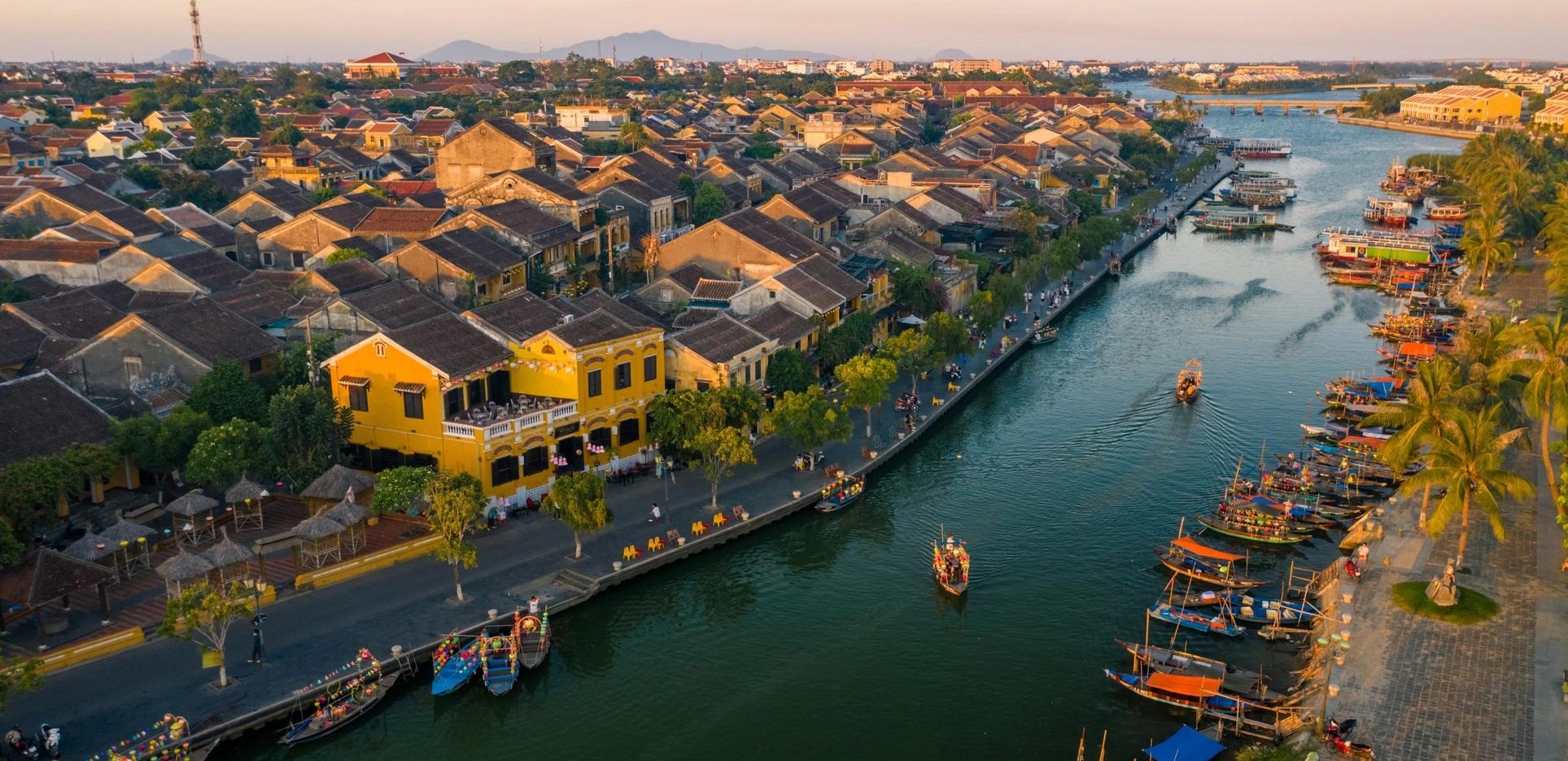
Laos
Most visitors stop in Vientiane or Luang Prabang - but the magic often lies further out. Take Nong Khiaw, a riverside town surrounded by jagged karst mountains, where mornings begin with monks walking in saffron robes and evenings end with sunsets over the Nam Ou River. Or venture to the 4,000 Islands (Si Phan Don) in the south, where the Mekong River spreads into countless islets. Here, life slows to a crawl - hammocks sway on wooden verandas, fishermen paddle between islands, and the rhythm of nature takes over.

Cambodia
it’s easy to let Angkor Wat dominate your itinerary. Yet the towns of Kampot and Kep offer a different flavor of Cambodian life. Kampot’s riverside cafes, pepper plantations, and laid-back vibe make it a favorite among travelers seeking a slower pace. Kep, famous for its seafood, is where you’ll taste the best crab curry in the country. Inland, Battambang combines colonial architecture with quirky attractions like the bamboo train - a reminder that Cambodia’s charm isn’t only about ancient temples.

Thailand
Bangkok and Chiang Mai are obvious stops, but to see the country’s heart, head to Chiang Rai, where the White Temple and emerging art scene show a creative side of northern Thailand. Even further off the tourist path is Isaan, the northeast region. Known for its fiery cuisine, traditional silk weaving, and folk festivals, Isaan gives a glimpse into Thai culture that few international travelers experience.
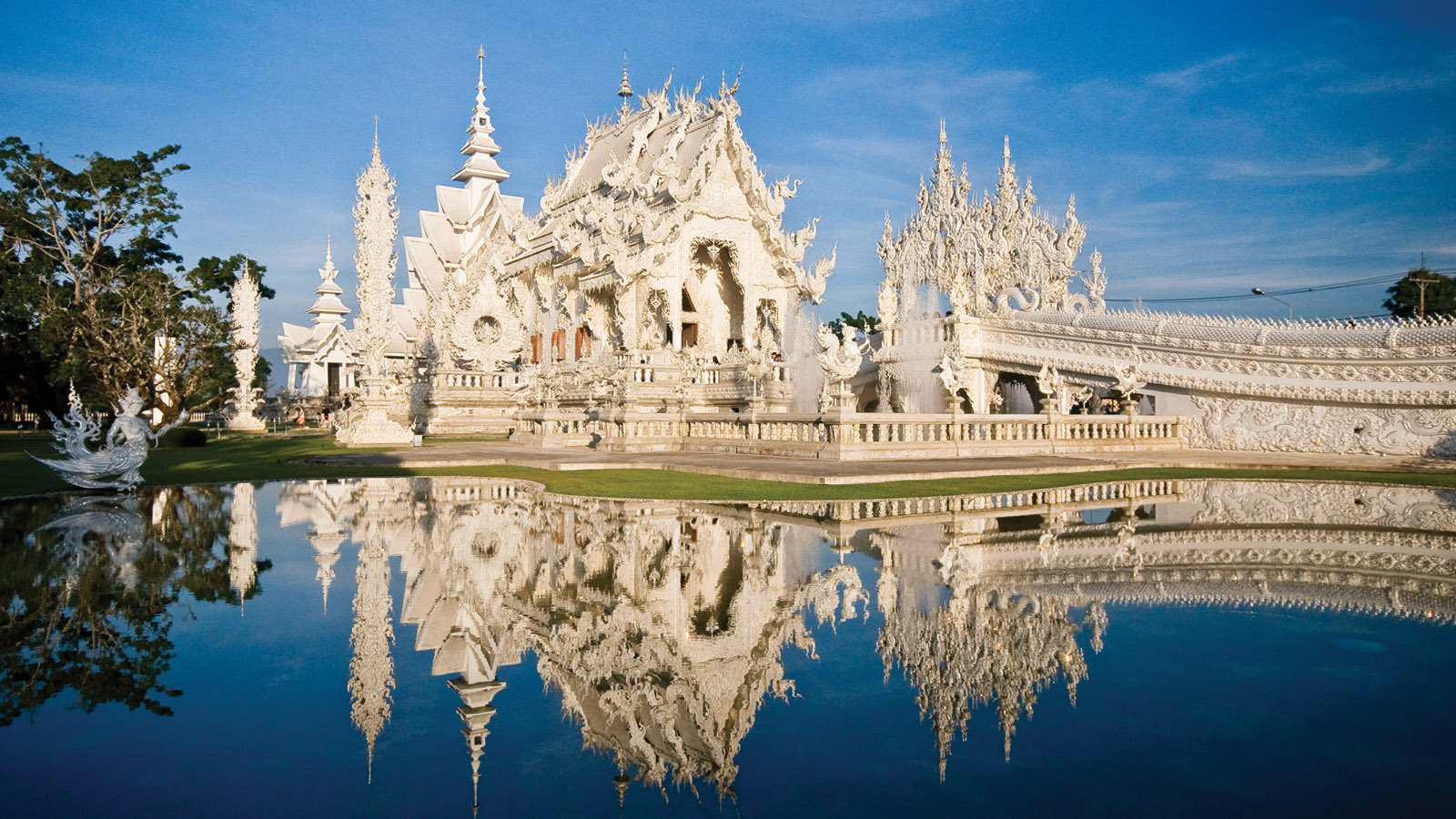
Myanmar
Many go straight to Bagan or Inle Lake, but Mrauk U in Rakhine State is a treasure for those willing to make the journey. Its crumbling temples, scattered across misty hills, rival Bagan’s but see only a fraction of the crowds. You’ll often find yourself wandering through ruins with only locals as your company, giving the site a mystical, almost otherworldly feel.
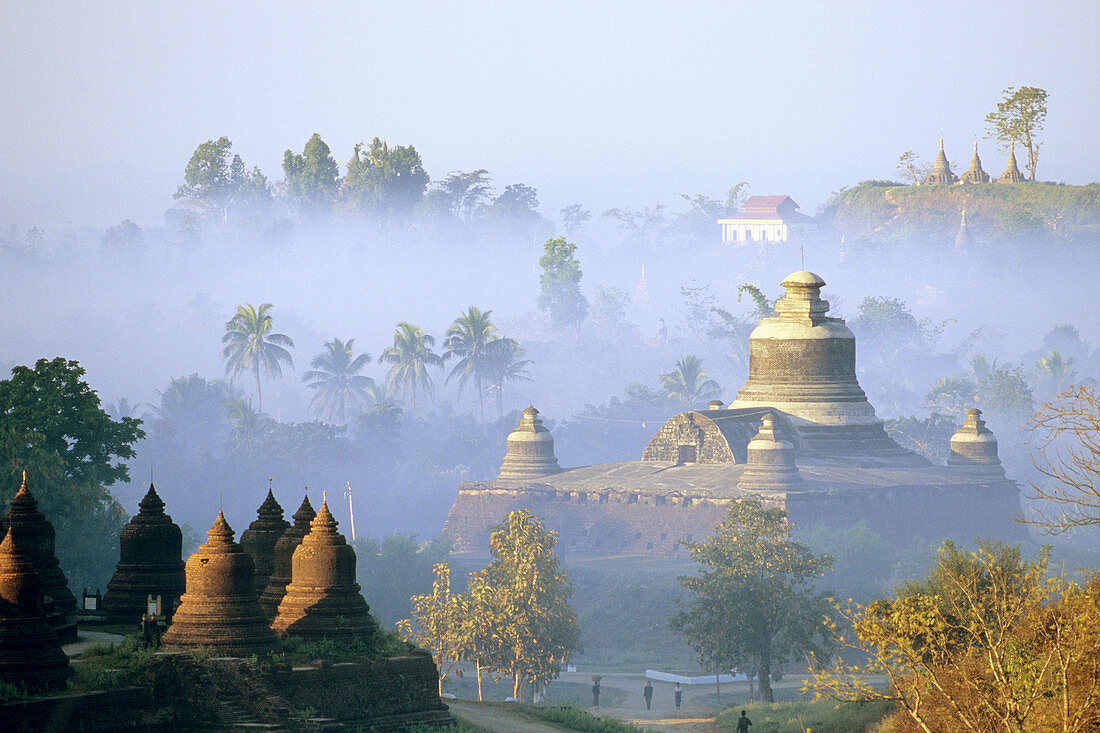
Why go beyond the main cities? Because here you’ll find:
-
Villagers may invite you for tea or children might approach you to practice their English, giving you deeper cultural connections.
-
Scenic beauty reveals itself in mountains, rivers, and rice paddies that remain untouched by mass tourism.
-
The region offers unique flavors, from river fish dishes in Laos to the famous Kampot pepper of Cambodia.
-
Visiting lesser-known areas also supports smaller communities directly, turning your trip into a meaningful contribution to sustainable tourism.
By exploring beyond the capitals, your Indochina travel experience becomes not just a checklist of famous landmarks but a journey of discovery. These are the stories that stay with you long after the trip ends.
Travel Tip #9 - Practice Responsible Travel
One of the most rewarding ways to explore Indochina like a local is to travel responsibly. The region is rich in natural beauty and cultural traditions, but it is also sensitive to the impact of mass tourism. A few conscious choices can protect the places you love visiting while also deepening your experience as a traveler.
In the cities, simple actions such as carrying a reusable water bottle or saying no to plastic bags help reduce waste in countries where recycling systems are still developing. Choosing eco-friendly transportation is another step; instead of short domestic flights, consider train journeys in Vietnam, overnight buses in Laos, or river travel along the Mekong. These options not only cut emissions but also bring you closer to local life.
Supporting local businesses makes a big difference too. In Cambodia, book a cooking class run by villagers instead of an international chain. In Thailand, stay at a family-run guesthouse rather than a large resort. In Myanmar, shop for traditional handicrafts directly from artisans in small workshops, ensuring your money goes back into the community.
Being mindful of wildlife is equally important. While elephant encounters are popular in Thailand and Laos, seek out sanctuaries that prioritize animal welfare over entertainment. Avoid attractions that exploit wildlife for photos, as these practices often harm the very creatures travelers come to admire.
Responsible travel in Indochina is not about giving things up; it is about choosing experiences that make your journey more meaningful. You end up connecting more deeply with people, tasting food grown locally, and leaving a lighter footprint on landscapes that deserve to be preserved for future generations.
Step Into the Heart of Indochina With Threeland Travel
Indochina is more than a destination. It is a mosaic of cultures, landscapes, and traditions that come alive when you look beyond the surface. From wandering hidden alleys in Hanoi’s Old Quarter, to drifting along the Mekong at sunrise, to celebrating with locals at a village festival, every corner of Vietnam, Laos, Cambodia, Thailand, and Myanmar holds a story waiting to be discovered.
The difference between simply visiting and truly experiencing Indochina often lies in how you travel. Choosing local food stalls, taking the slower route by river, greeting people with respect, and celebrating traditions are all small actions that open big doors. When you travel this way, you don’t just see Indochina - you feel it, live it, and carry it with you long after you leave.
If you are ready to explore Indochina like a local, a trusted partner can make all the difference. As a leading Destination Management Company in Vietnam, Threeland Travel has decades of experience creating journeys that go beyond the ordinary. Whether you are planning an adventure for yourself, your family, or your clients, we know the hidden gems, the authentic encounters, and the cultural insights that transform a trip into a life-changing experience.
► Start your journey today with Threeland Travel and let us craft an Indochina experience you’ll never forget.













